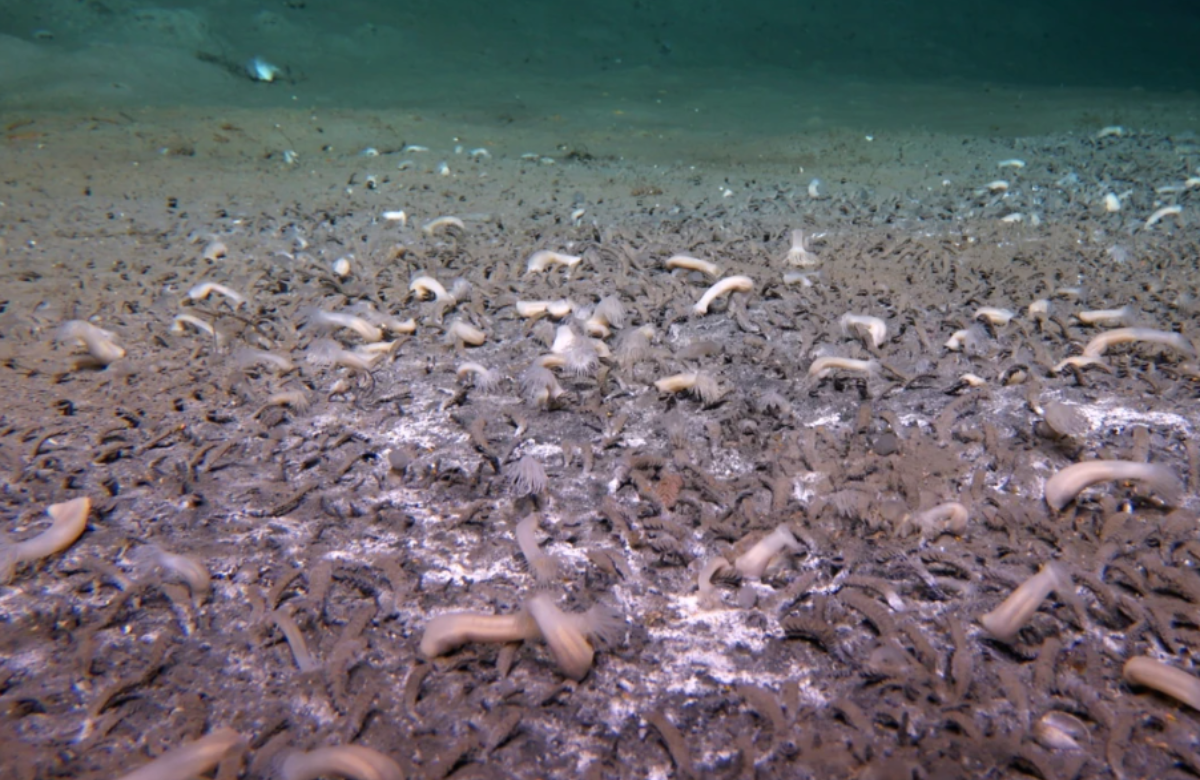Three genetically engineered wolf pups, designed to resemble extinct dire wolves, are now living in a secure, undisclosed location in the U.S. These pups, aged between three and six months, have striking features—long white fur, strong jaws, and a weight of around 80 pounds each, with expectations to reach about 140 pounds as they mature. This development comes from Colossal Biosciences, a company focused on de-extinction efforts.
Dire wolves, which vanished over 10,000 years ago, were significantly larger than today’s gray wolves, their closest living relatives. While these engineered wolves may look like dire wolves, independent scientists caution that this doesn’t mean a true revival of the species. This effort only creates creatures that resemble dire wolves on the surface but doesn’t fully restore the extinct species.
Colossal’s research involved analyzing ancient DNA from dire wolf fossils, including a 13,000-year-old tooth from Ohio and a 72,000-year-old skull fragment from Idaho. Using this genetic information, scientists modified blood cells from a living gray wolf at 20 different sites with CRISPR technology. These edited cells were then implanted into egg cells from domestic dogs, and the embryos were carried by surrogate dogs. After 62 days, the genetically modified pups were born.
In addition to the dire wolf project, Colossal announced the successful cloning of four red wolves using blood from the critically endangered red wolf population in the southeastern U.S. This approach aims to boost genetic diversity among the captive red wolves, aiding conservation efforts.
While this technology offers potential for conservation, including less invasive cloning methods, experts note challenges remain. For instance, obtaining blood from wild wolves still requires sedation, which is not without risks. Moreover, even though these engineered wolves may look like dire wolves, they won’t have the instinctual knowledge passed down from wild dire wolf parents, such as hunting techniques for large prey.
Colossal’s CEO, Ben Lamm, shared that the team has engaged with U.S. Interior Department officials about the project. Although some see it as a groundbreaking scientific endeavor, others warn that the ecological roles dire wolves once filled cannot be fully replicated in today’s environment.















